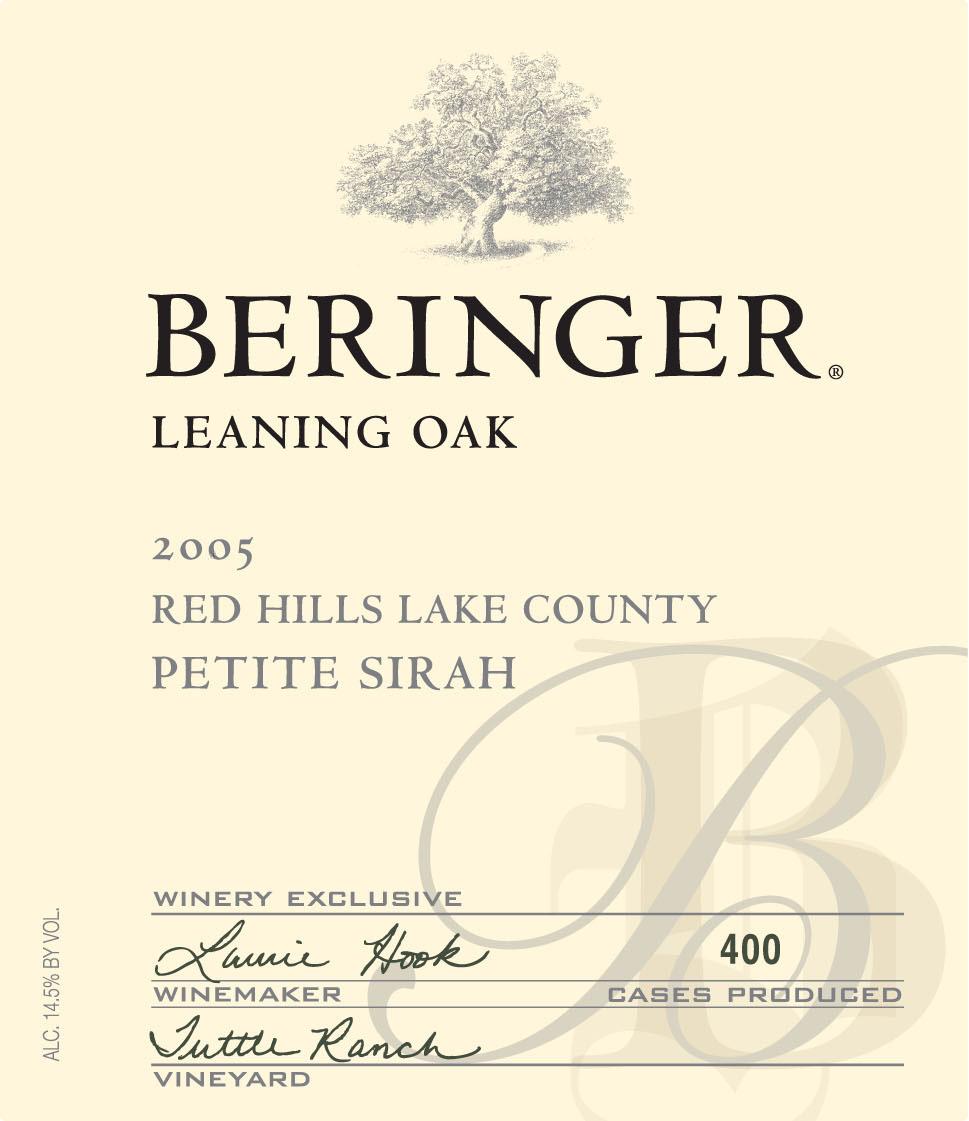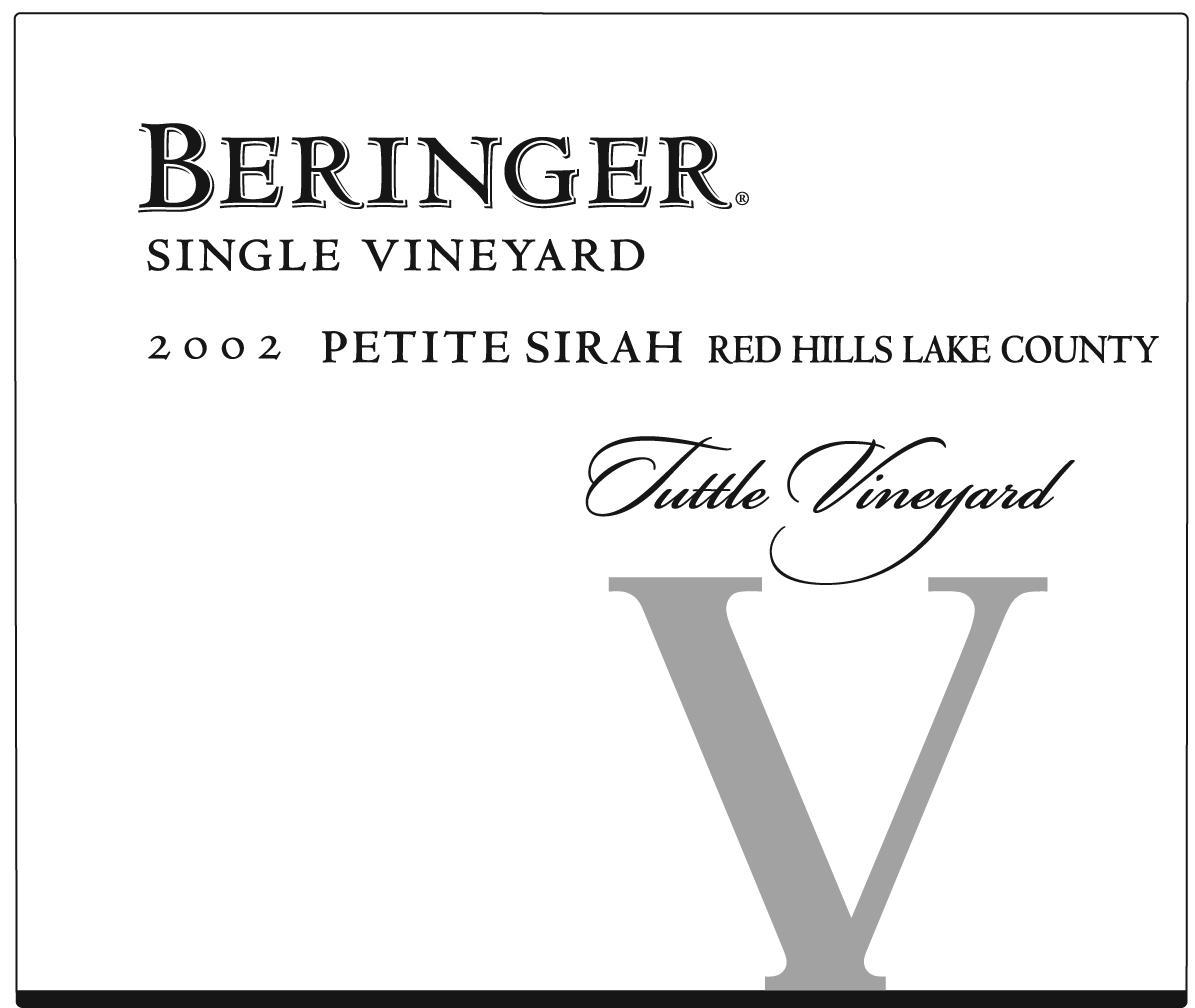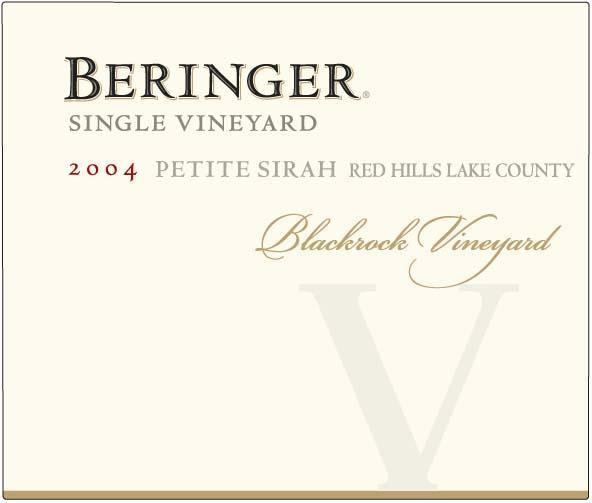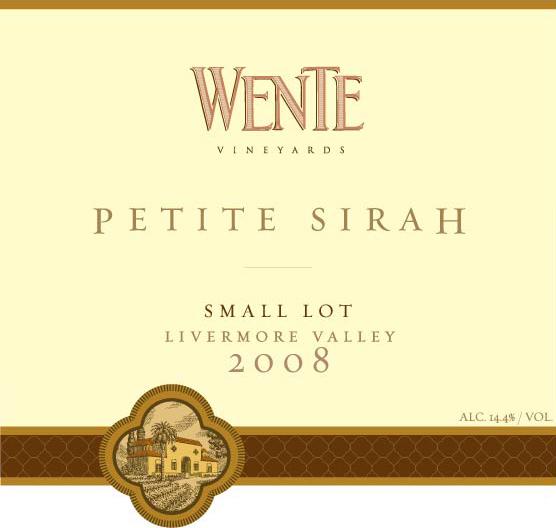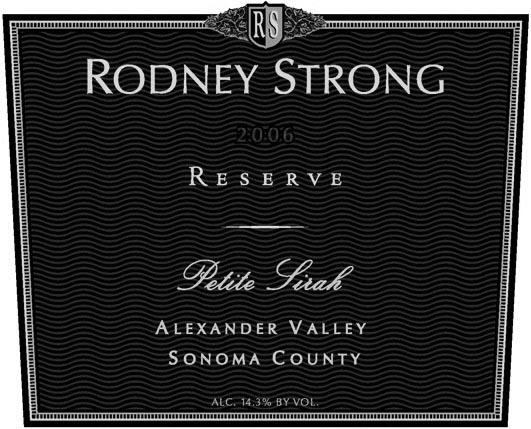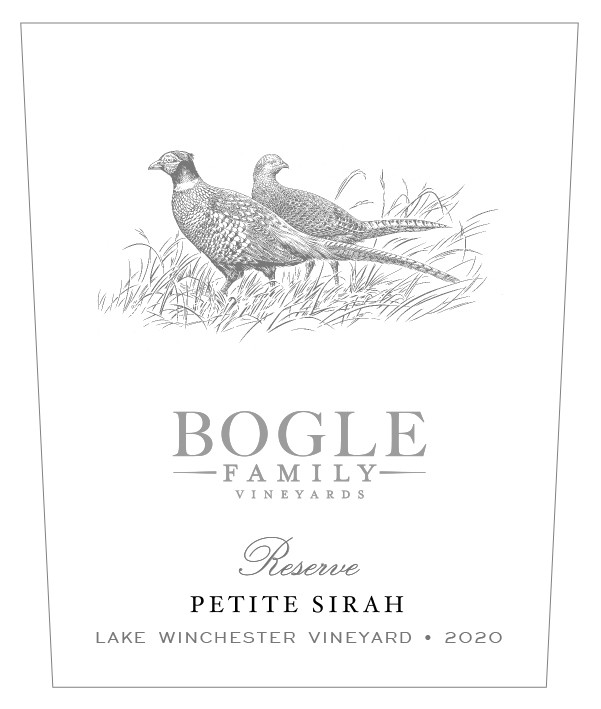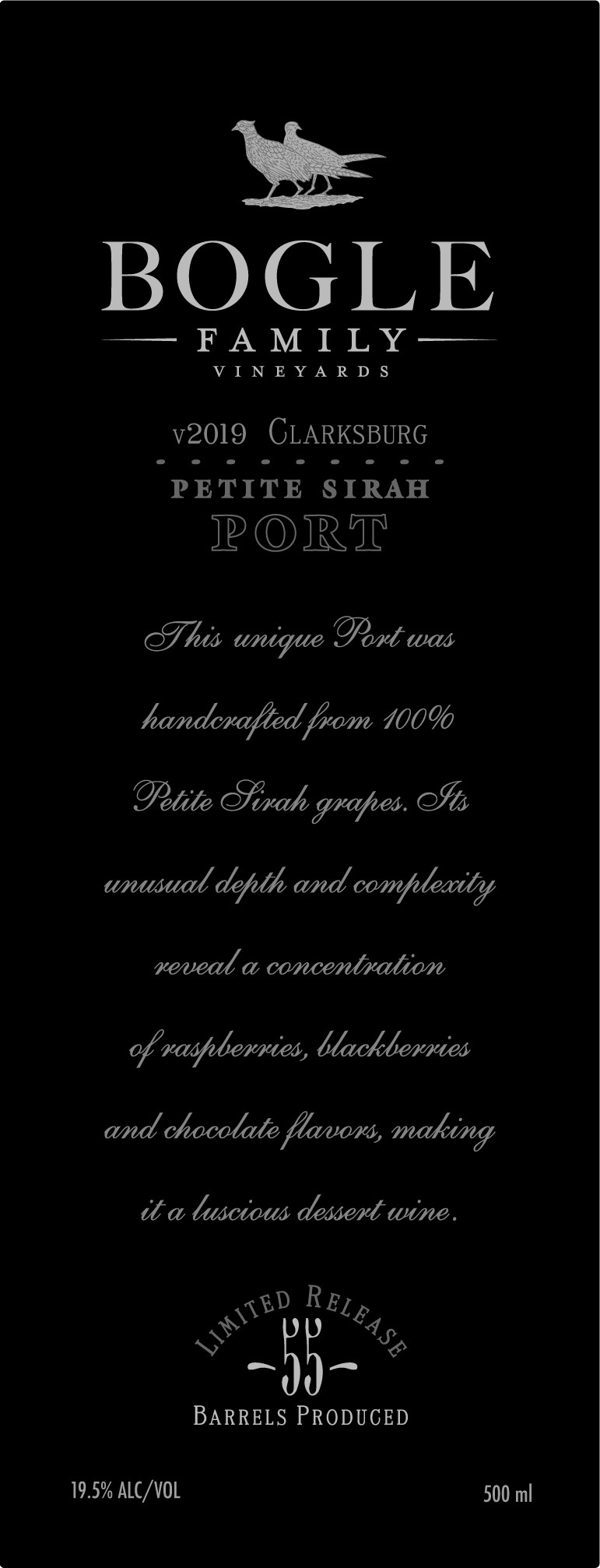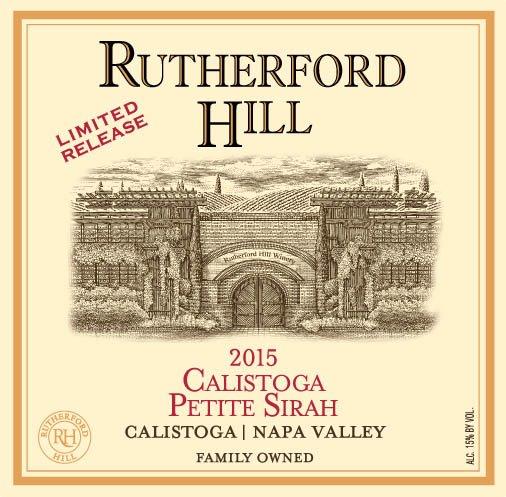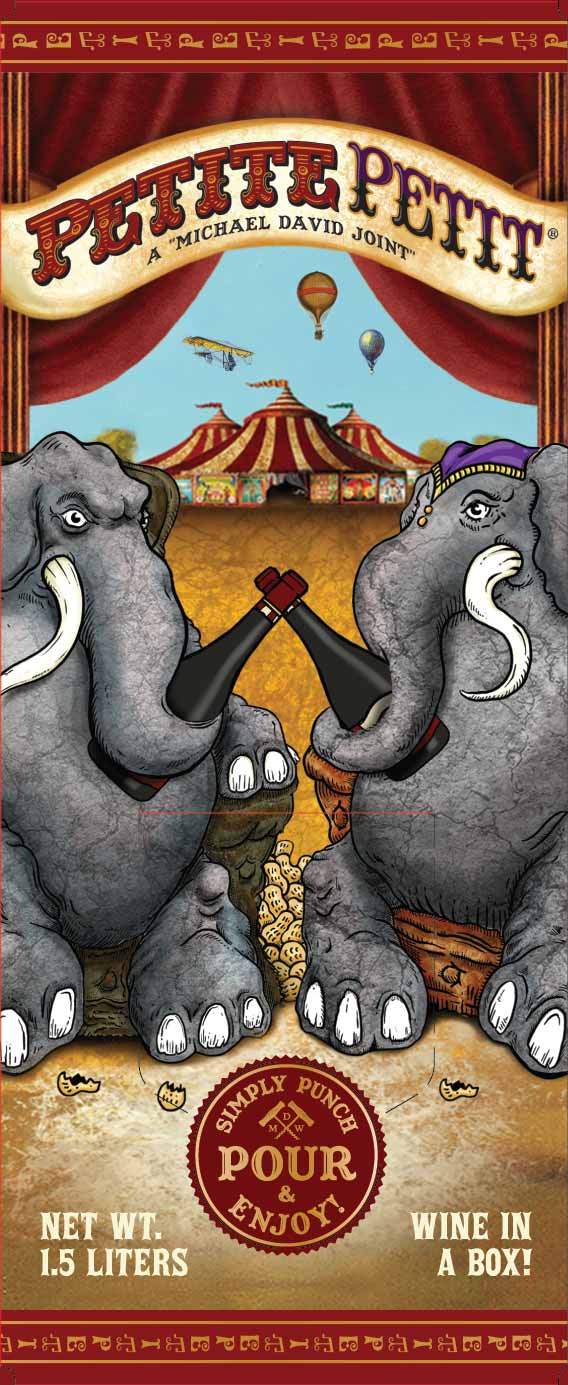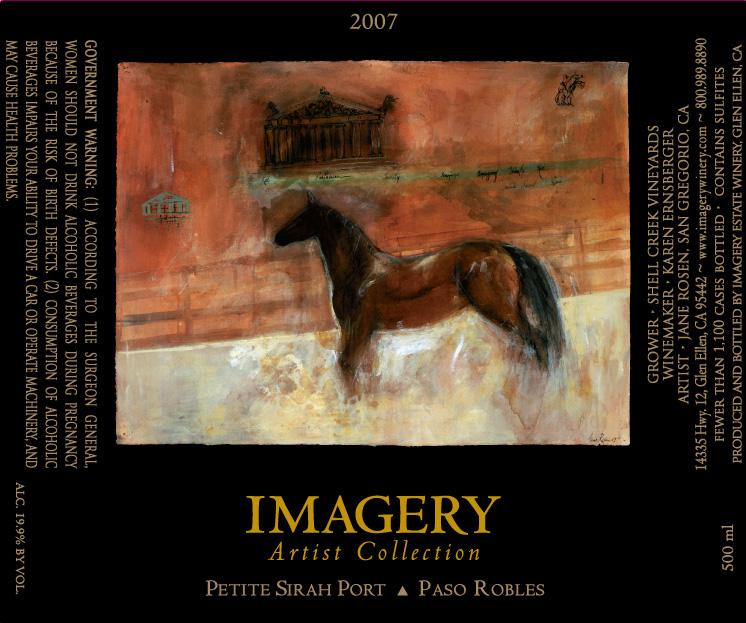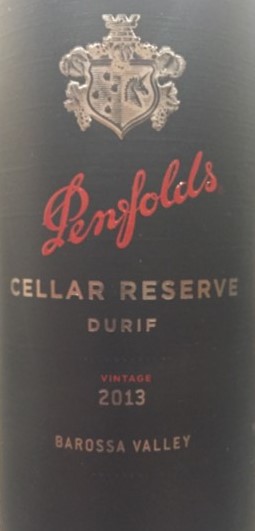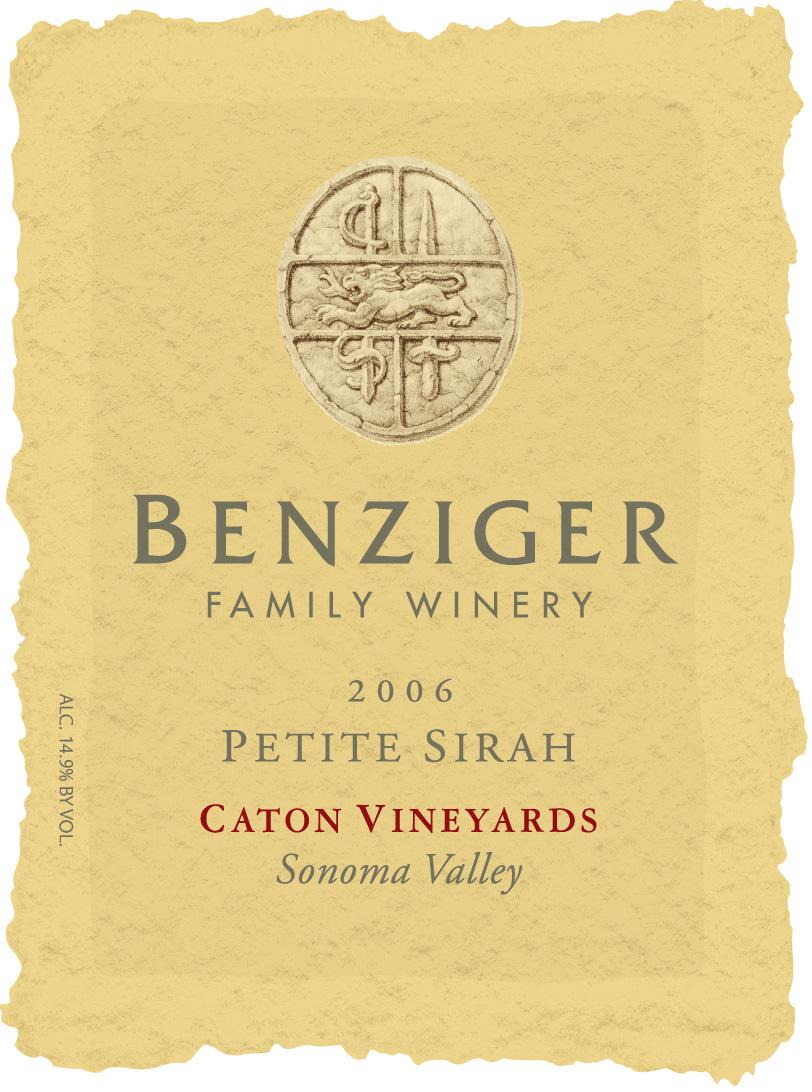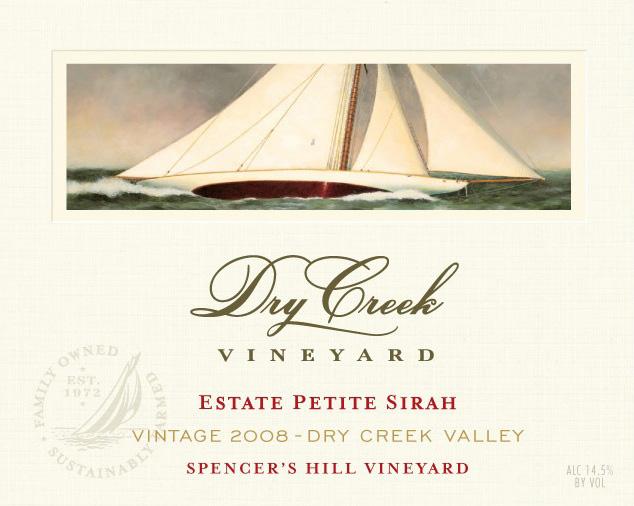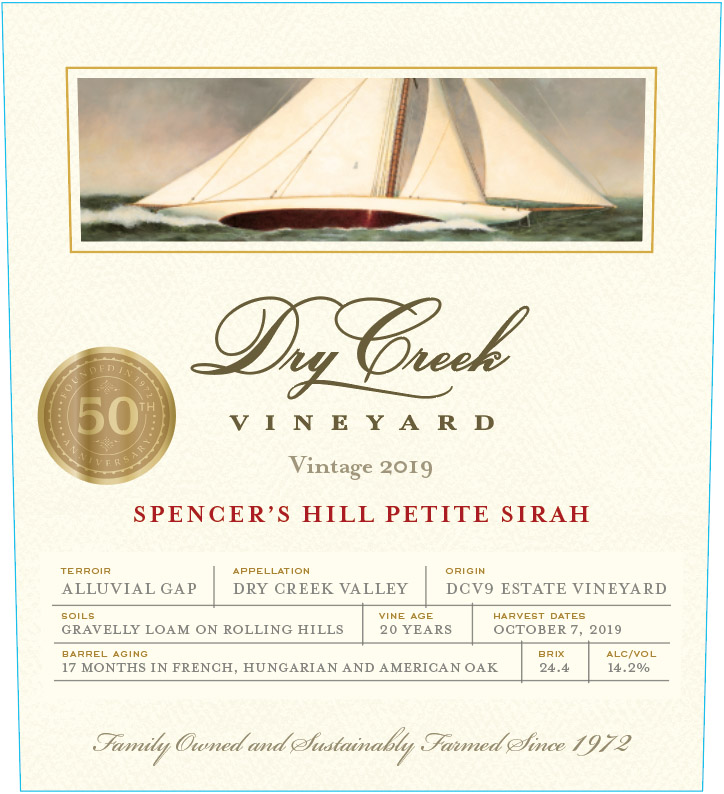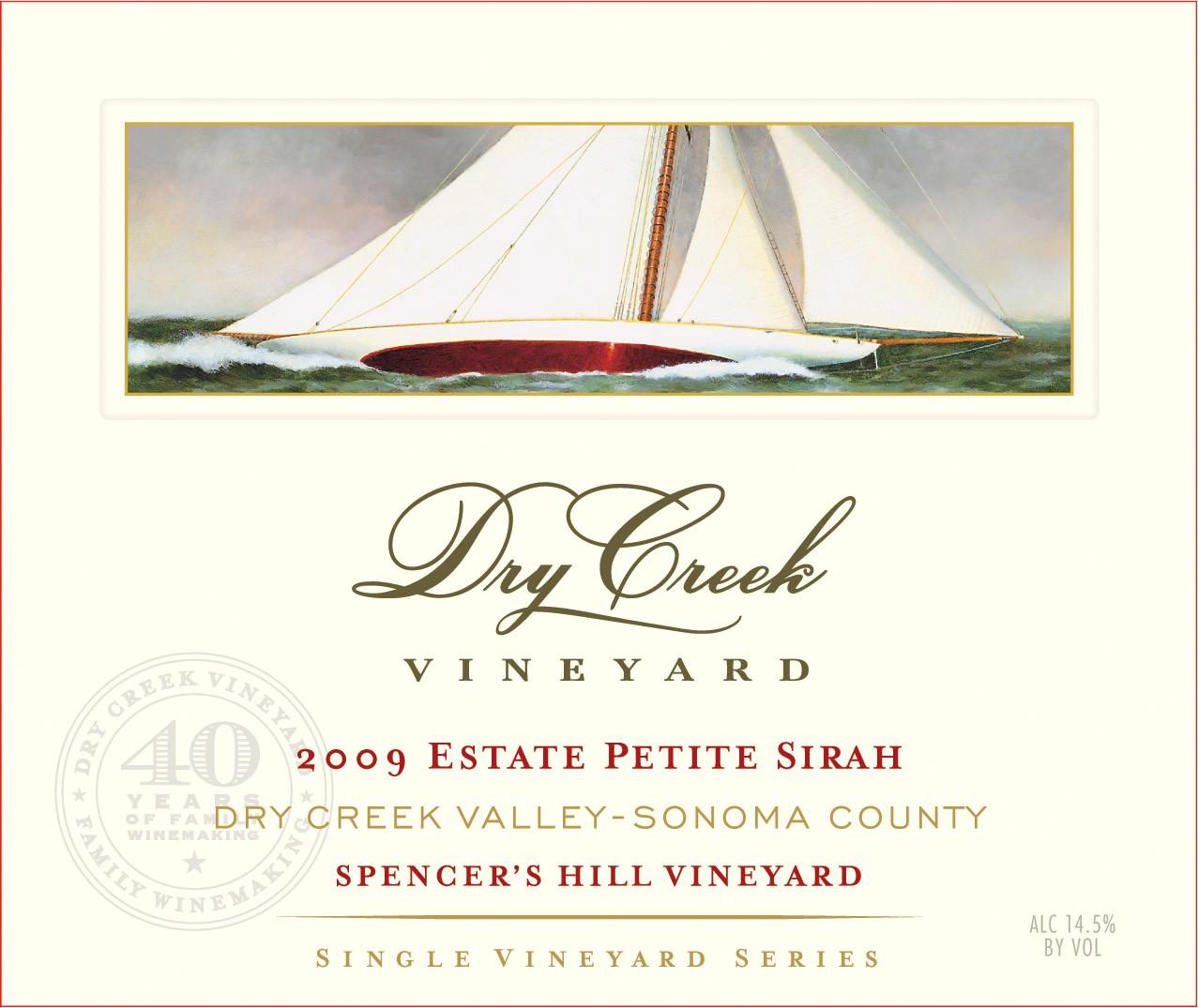Characteristics of Petite Sirah
Petite Sirah stands out for its intense color and bold structure, offering a glass that is nearly opaque with deep purple hues. On the palate, these wines are powerful and full-bodied, delivering a dense mouthfeel backed by firm, robust tannins that can feel quite grippy when young.
A lively streak of acidity keeps things fresh and helps the wine age gracefully, while warm growing conditions often lead to higher alcohol levels, sometimes topping 15%. Petite Sirah’s natural richness and backbone make it a favorite for blending, but when crafted with care, it reveals layers of complexity and depth all its own.
What Does Petite Sirah Taste Like?
Petite Sirah’s character is powerfully shaped by where it’s grown and the climate it calls home:
-
Regional Influence:
-
California’s warmer inland regions (like Lodi or the Central Valley) produce wines brimming with jammy, sweet dark fruit—think blueberry, plum, and blackberry, often layered with black pepper, licorice, and hints of baking spices.
-
Coastal regions (such as Sonoma) highlight earthier notes and espresso-like richness—often enhanced by oak aging—alongside black tea and herbal undertones.
-
Napa Valley versions often showcase vibrant blueberry, graphite, and a spectrum of floral notes including acacia, violet, and rose petals.
-
Australian Durif tends to be spicier (notably black pepper and licorice) and softer in tannin, adding a distinctive, savory complexity to the varietal’s boldness.
-
Climate Effect:
- Warmer climates intensify jammy, lush fruit flavors and robust tannins, while cooler sites draw out earthy, mineral, and savory nuances, balanced by Petite Sirah’s hallmark dense color and lively acidity.
Notable Region Petite Sirah Grows In
Petite Sirah’s character is deeply shaped by the climate, soils, and traditions of the regions where it thrives, with each area bringing its own signature to the varietal’s bold style.
-
California: The global epicenter for Petite Sirah, California produces powerful, deeply colored wines—especially from old vines in Napa Valley, Sonoma, and Lodi—showcasing dark fruit, pepper, and robust tannins.
-
Australia (Rutherglen, Victoria): Known locally as Durif, this region yields intensely structured, high-alcohol reds with a spicy edge and softer tannins, often crafted as both varietal wines and unique blends.
-
Israel: Since the early 2000s, boutique producers have elevated Petite Sirah’s reputation, crafting concentrated, age-worthy wines that highlight the grape’s adaptability to Mediterranean climates.
-
South Africa: Petite Sirah is on the rise here, offering balanced acidity, vibrant berry flavors, and earthy undertones, reflecting the region’s diverse terroirs and growing expertise.
Food Pairings
Petite Sirah’s bold structure and deep flavors make it an ideal companion for hearty, intensely flavored dishes that can stand up to its powerful character.
-
Robust meats and savory classics: Grilled ribeye or NY strip steaks, slow-cooked brisket, braised short ribs, and roast lamb shanks all have the richness and fat to soften Petite Sirah’s strong tannins, while game like venison and pepper-crusted pork chops match the wine’s depth and spice.
-
Earthy vegetarian fare and rich pastas: Wild mushroom risotto, eggplant Parmesan, roasted root vegetables, and hearty lentil stews bring out the wine’s savory side, while pasta dishes with meaty ragù or lasagna with sausage and cheese echo its intensity and warmth.
-
Bold cheeses and global flavors: Aged Cheddar, Gouda, blue cheese, and Camembert enhance Petite Sirah’s fruit and spice, while dishes inspired by BBQ, Mexican mole, North African lamb couscous, or even mild coconut curry highlight the varietal’s versatility and ability to handle robust seasonings and smoky notes.


